Ignores suffering ecosystem, including endangered Chinook salmon and Southern Resident Killer Whales
March 6 2020 – Comox, B.C.
Updated at 4:00 p.m. PST
The industrial herring roe fishery in the Strait of Georgia (SOG) opened this morning at 6:30am near Comox, B.C., despite extremely low population estimates. A quota of 2,024 tons was set for seine fishing out of a total 9,240 tons for both seine and gillnet fishing in the SOG. The gillnet fishery opened at 11 a.m.
Fisheries and Oceans Canada (DFO) chose to move forward with opening the seine fishery after testing estimated 5,000 tons in the area. Despite widespread criticism of its flawed modeling, DFO continues to apply a 20% quota, which has led to overfishing in previous years, including 2019. The 20% quota will again be applied for the roe fishery in 2020, despite a low projected biomass of 54,000 tons and continual over-predictions.
“Herring are at a fraction of their former numbers,” said Ian McAllister, Executive Director at Pacific Wild. “What DFO is estimating for the total biomass of herring in the Salish Sea right now is about the same amount that they used to catch in the 1950s and 60s.”
Between 1951 and 1960, the average catch in the SOG was 49,500 tons, and in 1964 the fishery caught 77,000 tons before the coastwide crash in 1967.
“It’s a travesty for DFO to open the seine fishery this morning. Their own stock assessments say, ‘assessment incomplete’. How can they justify opening a fishery when they don’t have an accurate depiction of stock levels”, said Grant Scott from Conservancy Hornby Island. “Is there enough fish for the salmon, whales and seabirds around Hornby that need herring for their survival?”
In the past 10 years, DFO has frequently over-predicted the abundance of herring in the Strait of Georgia. In 2019, after an estimate of 123,000 tons for the SOG, only 64,000 tons of herring returned. The total catch in the SOG was 24% of that population. DFO’s own scientists have continued to recommend a 10% quota in order to account for errors in population estimates like this.
“With spawning just starting today on Denman and Hornby, we should let the herring live. Surely our ecosystem is worth more than a $200 a ton fishery,” said Locky MacLean, ocean conservationist with Conservancy Hornby Island. “Fisheries Minister, Bernadette Jordan is encouraging collapse by ignoring her own scientists and allowing an opening that the industry has lobbied hard to get, despite knowing full-well the fish are largely juvenile and smaller sized fish this year. Alaska has not opened a fishery this year due to herring being too small, and here DFO is allowing a massacre of one to three year old fish. It’s a tragedy. The fishery needs to close and federal ocean protection funds should be allocated here to ensure herring are not wiped out in the Salish Sea.”
The Strait of Georgia houses the last remaining industrial seine and gillnet fisheries on the Pacific Coast after widespread closures between the San Francisco Bay Area and Alaska. The Alaska Department of Fish and Game closed its herring fishery again this year due to small size in fish. This precautionary approach should have been applied south of the Alaskan border as well.
In three of the five fishing areas in B.C., closures have only come after direct and legal actions from First Nations communities, and not DFO’s precautionary principle.
-30-
About Pacific Wild
Pacific Wild is a wilderness and wildlife protection non-profit organization in British Columbia. One of its main campaigns is to raise public awareness of the importance herring play in British Columbia’s coastal ecosystems and advocate for a moratorium on the unsustainable industrial fishery in the Strait of Georgia.
For more information, please contact:
Kirsten Mihailides
kirsten@pacificwild.org
604-618-3572

